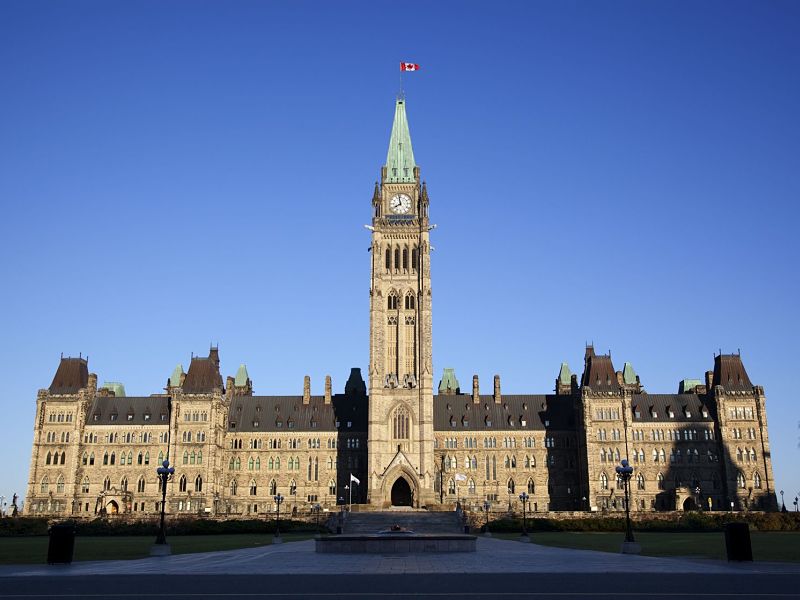
The federal Liberals are set to dive into child care in next week’s budget, with stakeholders being told to expect strings attached to federal cash for provinces who want the money.
Sources with knowledge of the government’s plans say the Liberals want to spend enough to prove their political seriousness on child care, and try to persuade provinces to take up the money.
Exactly how much the government plans to spend isn’t clear, but the House of Commons finance committee in a pre-budget report recommended $2 billion to start. Spending could ramp up from there over time as advocates have hoped.
The sources, who spoke to The Canadian Press on the condition of anonymity because the budget is not yet public, say the Liberals are expected to tie the funding to specific outcomes, such as reducing fees and expanding the number of spaces.
Still, they say they expect the government to provide some flexibility to provinces in how they deliver programs to meet their unique needs.
There is also talk about putting the new child-care spending into law to prevent it from being easily watered down or cancelled by a new government, much like the Liberals did with the national housing strategy.
Current federal spending on child care expires near the end of the decade. The Liberals proposed in last fall’s economic update to keep the money flowing, starting with $870 million a year in 2028, as a signal of more long-term funding to come in the April 19 budget.
Child-care advocates suggest provinces might be more open to playing ball on the spending than some might think, pointing to references in the Ontario budget to federal dollars, and more overt moves by British Columbia and Yukon toward universal child care.
“There is keen interest on the part of the provinces. I think some are going to be more willing to build the system as we see it,” said Morna Ballantyne, executive director of the advocacy group Child Care Now.
“There’s going to have to be enough money on the table to interest those provinces to get engaged in those discussions.”
The spending that Ballantyne and others have asked for would stabilize existing spaces in centres facing financial issues from drops in enrolment due to the pandemic, start expanding the number of spaces to address concerns about supply, and subsidize operational budgets to bring down parental fees.
Various economic studies suggest governments reap upwards of $1.50 in revenues for every $1 spent on child care, including in the Quebec system that the Liberals have held up as a model to emulate countrywide.
Quebec’s daycare fees are the lowest in the country because of provincial subsidies. The annual daycare fees report from the Canadian Centre for Policy Alternatives noted the median cost for a daycare space in Quebec was $181 a month in 2020.
The Liberals are looking to bring down fees, but experts say there would have to be some kind of fees paid by parents, even on a sliding scale based on income, to help pay for what would be a big, new and permanent federal program.
“You can do it in a way that doesn’t violate fiscal stability,” said Don Drummond, a former senior Finance Department official now with C.D. Howe Institute. “But you’ve got to make somebody pay and then figure out who that somebody is going to be.”
Last week, Prime Minister Justin Trudeau said child care is a needed social and economic program aimed to help more women get into the workforce and not have to choose between having a child or having a career.
Days earlier, a Statistics Canada report noted that parents who had difficulties finding child care last year either reported having to work fewer hours, change their schedules, or even put off their return to work.
“The business community right across the country has spoken up clearly and strongly in support of something that families and indeed women across this country have known for a long time, that child care is something we need to do as a country,” Trudeau said last Friday.
On Tuesday, Scotiabank CEO Brian Porter called on the Liberals to add $5,000 to the value of the income-tested Canada Child Benefit, which this year tops out at $6,765 for each child under six, and $5,708 for children aged six to 17.
He also asked for an expansion of the tax deduction for child-care expenses to $20,000, which would more than double the $8,000 limit per child under age seven.
“Providing greater flexibility to families to find child care arrangements that are best suited for them is good for women, it’s good for families, and it’s good for the country,” Porter said at the bank’s annual general meeting.
With files from Tara Deschamps